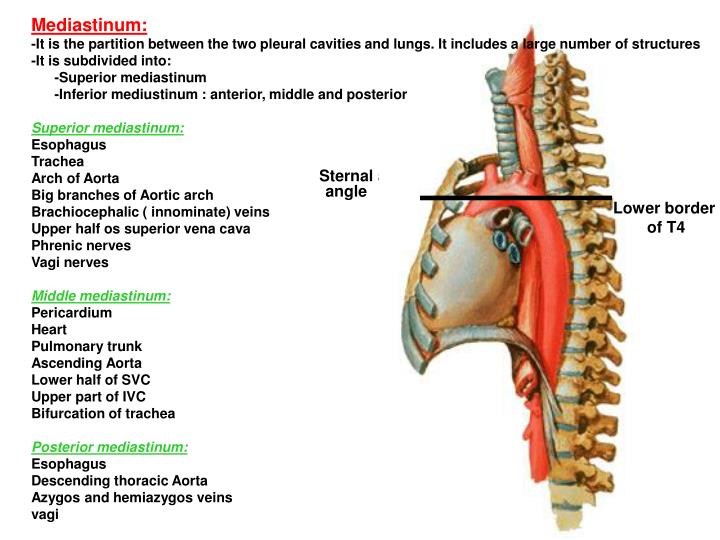The nurse is auscultating the lungs of an adult client. The nurse hears low-pitched, soft breath sounds over the posterior lower lobes and inspiration that is longer than expiration. The nurse recognizes that these breath sounds are:
Bronchovesicular breath sounds and normal in that location.
Normally auscultated over the trachea.
Vesicular breath sounds and normal in that location.
Bronchial breath sounds and normal in that location
The Correct Answer is C
A. Bronchovesicular breath sounds and normal in that location:
Bronchovesicular breath sounds are medium-pitched sounds heard over the major bronchi and are usually equal on inspiration and expiration. They are typically heard in the 1st and 2nd intercostal spaces anteriorly and between the scapulae posteriorly. While they might be normal in certain locations, hearing them over peripheral lung fields might indicate an abnormality.
B. Normally auscultated over the trachea:
This statement doesn't specify a particular type of breath sound. Tracheal breath sounds are harsh and relatively high-pitched, heard directly over the trachea. They are normal over the trachea but are not normally heard in the lung periphery.
C. Vesicular breath sounds and normal in that location:
Vesicular breath sounds are low-pitched, soft sounds heard over most of the lungs during inspiration. They are longer on inspiration than expiration and are considered normal breath sounds heard in the peripheral lung fields. Hearing vesicular sounds in the posterior lower lobes is typical and indicates normal lung function.
D. Bronchial breath sounds and normal in that location:
Bronchial breath sounds are high-pitched and loud, heard primarily over the trachea and larynx. If heard in the peripheral lung fields, especially in the lower lobes, it can suggest an abnormality such as consolidation or compression of lung tissue.
Nursing Test Bank
Naxlex Comprehensive Predictor Exams
Related Questions
Correct Answer is C
Explanation
A. Xiphoid process:
The xiphoid process is a small, cartilaginous extension at the inferior end of the sternum (breastbone). It does not play a role in the bifurcation of the trachea.
B. Suprasternal notch:
The suprasternal notch, also known as the fossa jugularis sternalis or jugular notch, is the visible dip in the superior part of the manubrium of the sternum between the clavicular notches. It is an important anatomical landmark for assessing the position of the trachea during emergency situations but is not the location of tracheal bifurcation.
C. Sternal angle (Angle of Louis):
The sternal angle, or Angle of Louis, is a palpable notch located at the articulation of the manubrium and the body of the sternum. It is where the second rib attaches and serves as a useful reference point for counting ribs and locating internal structures like the tracheal bifurcation.
D. Costal angle:
The costal angle is the acute angle formed by the junction of the costal margins at the xiphoid process. It is not related to the tracheal bifurcation.

Correct Answer is D
Explanation
A. When bronchial breath sounds are auscultated in the trachea.
Auscultating bronchial breath sounds in the trachea is a normal finding, as the trachea is close to the upper airway, and this is where bronchial sounds are normally heard. However, if these sounds are heard in the peripheral lung fields, it can indicate an abnormal condition.
B. When the client is experiencing excessive sneezing from a tree pollen allergy.
Excessive sneezing due to allergies would not typically result in increased breath sounds. Allergies may cause nasal congestion, but they don't directly lead to increased breath sounds.
C. When the client is resting in bed and not experiencing respiratory issues.
If a client is at rest and not experiencing any respiratory issues, breath sounds should typically be normal. There would be no reason to expect increased breath sounds in this scenario.
D. When the bronchial tree is obstructed by secretions.
Increased breath sounds, such as wheezing or rhonchi, can be auscultated when there is an obstruction in the bronchial tree due to secretions, narrowing of the airways, or other causes. These sounds are typically abnormal and indicate an issue with air movement through the airways.
Whether you are a student looking to ace your exams or a practicing nurse seeking to enhance your expertise , our nursing education contents will empower you with the confidence and competence to make a difference in the lives of patients and become a respected leader in the healthcare field.
Visit Naxlex, invest in your future and unlock endless possibilities with our unparalleled nursing education contents today
Report Wrong Answer on the Current Question
Do you disagree with the answer? If yes, what is your expected answer? Explain.
Kindly be descriptive with the issue you are facing.
